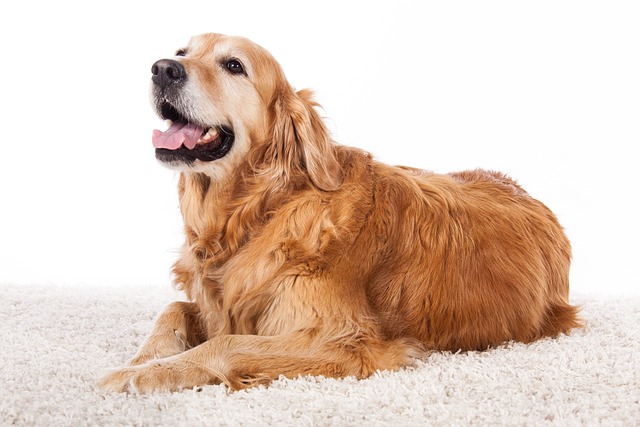
How do i train my dog to be obedient?
Watching your dog dart across the park ignoring your calls isn’t just frustrating—it can put them at risk near busy streets or public spaces.
Feeling like you're held hostage in your own home because your dog barks furiously at every passing shadow or delivery person? Training a reactive dog begins right where you are, by turning your home into a safe and controlled training center. The core principle here is managing their environment to set them up for success while you work on changing their underlying emotional response. Reactivity is often rooted in fear or frustration, and the goal isn't to suppress the barking but to help your dog feel safer and learn that calm behavior is rewarding. Your home offers the unique advantage of controlling the intensity of triggers—you can start with recordings of sounds at a low volume or practice seeing people and dogs from a great distance through a window.
Your first practical step is to identify your dog's "threshold"—the distance or volume at which they notice a trigger but don't fully react. Maybe they perk their ears up at the sight of a dog across the street but don't bark. At that exact moment, use a calm, happy voice to say "yes!" and immediately reward them with a high-value treat like real chicken or cheese. This process, called counter-conditioning, teaches them that the appearance of a trigger predicts something wonderful. You can use window film to create a partially obscured view or play white noise to muffle outside sounds, allowing you to control the intensity. Always keep sessions short (3-5 minutes) and positive. If your dog does react, simply lead them calmly to another room without punishment—yelling or leash corrections will only confirm their fear that there's something to worry about. This positive, force-free approach is the ethical standard in modern dog training and is deeply embedded in animal welfare practices.

This home-based work seamlessly connects to your broader responsibilities as a pet owner. While training indoors, ensure your dog's rabies vaccination and local licenses are current—this is a legal requirement even for primarily indoor pets and is essential for any scenario requiring veterinary care. As your dog progresses, you'll begin venturing outside for very short, controlled potty breaks. This is where community etiquette becomes crucial: always use a secure harness, maintain a safe distance from others, and without fail, clean up immediately using biodegradable bags. For apartment dwellers, this might mean coordinating with a neighbor to use a freight elevator during quiet hours. Remember, training a reactive dog at home isn't about isolation; it's about building a foundation of confidence and trust that will eventually allow your dog to be a calmer, happier member of your community.

Watching your dog dart across the park ignoring your calls isn’t just frustrating—it can put them at risk near busy streets or public spaces.

New puppy owners often find themselves rushing to clean up accidents before they set in, and that’s where puppy pad training becomes a game-changer.

If you've noticed your dog's waistline disappearing and your veterinarian has mentioned those few extra pounds, your first instinct might be to simply reduce the amount of food in their bowl.

Training a dog to use a designated spot indoors isn’t as daunting as many new owners fear, but it does take consistency and an understanding of your pet’s needs.

That moment of dread on a walk is all too familiar for many new dog owners. You see another dog approaching down the sidewalk of your neighborhood

If the sight of another dog on your neighborhood walk makes your heart sink as your own dog erupts into a frenzy of barking and lunging, you're not alone.